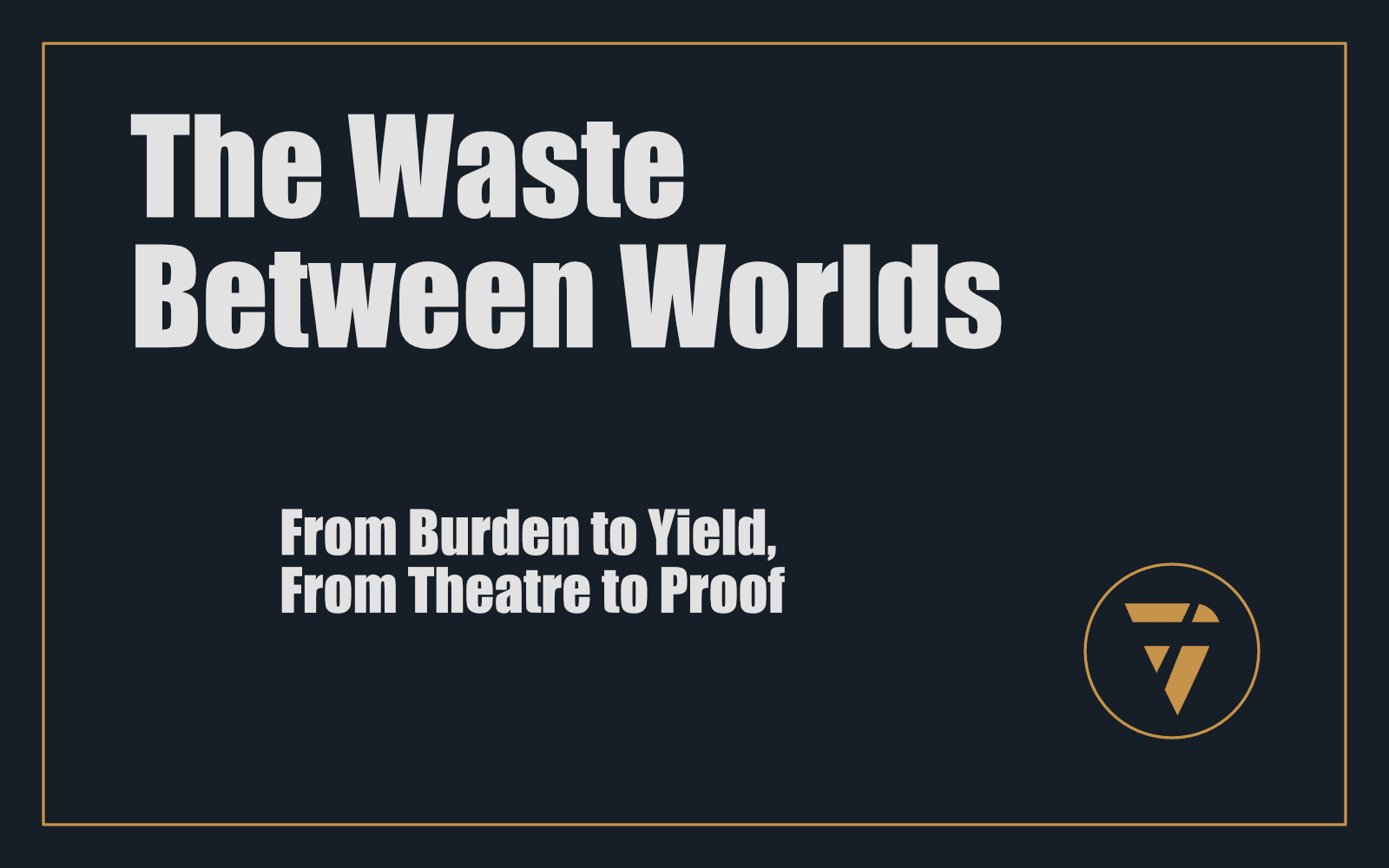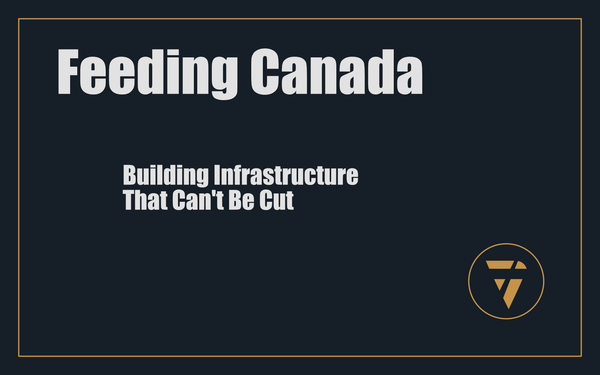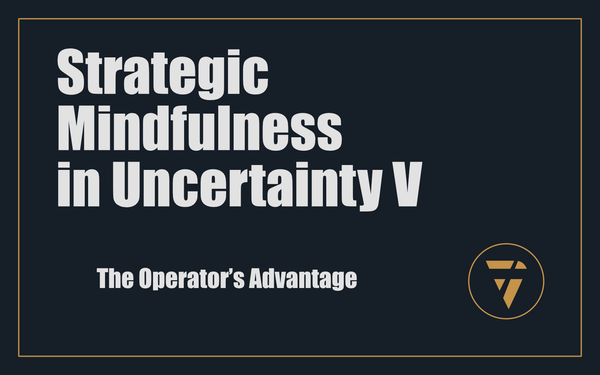The Waste Between Worlds

From Burden to Yield, From Theatre to Proof
The hospitality sector has always been a mirror. It reflects the aspirations of a rising middle class, the anxieties of the elite, the choreography of global consumption. But that mirror is cracking. “The Waste Between Worlds” is not a book about sustainability. It is an indictment of illusion. A challenge to the comfort we rent. And a blueprint for transformation.
This is not theory. It's architecture. Functional, accountable, measurable.
We begin not with the solution, but with the rot.
The Burden We Built
1. Waste Is Not Gone — It’s Just Out of Sight
What we throw away doesn’t disappear. It mutates. It hides. It migrates. The first delusion the book breaks is this: we do not dispose of waste — we displace it.
Every resort, every luxury retreat, every towel reuse sign hides the same core: an invisible burden silently compounding. Three to four kilograms per guest per night. Multiplied by silence. Multiplied by denial. Multiplied by optics over outcome.
This isn’t about trash. It’s about narrative. Waste is the system’s confession — the parts we consume but refuse to complete.
2. Hospitality Is Theatre
Hotels are temples of performance. Guests walk into curated silence, illusion, and scent. They do not see the diesel trucks, the discarded buffets, the discarded shampoos. And that’s the problem. Because illusion has a cost. Energy bills surge. ESG audits strain. Waste flows are divorced from consequence — and the guest is waking up.
3. ESG Is a Mirage
Sustainability used to be a differentiator. Now it’s a minimum expectation. But most ESG frameworks are compliance theatre. They start with the metric, then engineer the illusion. Carbon credits, offset purchases, certifications without substance. It’s a structure built to perform change, not produce it.
What is the cost of this illusion? Paralysis. Because when it looks like you’re solving the problem, you no longer feel the urgency to actually solve it.
The Path of Transformation
The turn begins here — from exposure to architecture.
4. Soil, Fire, and Proof
Transformation doesn’t begin with recycling bins. It begins with systems. With matter that returns. The three elements:
- Soil (Compost): Not waste. Input. Circular currency. A declaration that decay is not end — it is yield.
- Fire (Biochar): Not destruction. Design. A way to turn organic waste into carbon-sequestering soil assets.
- Proof (Product): Tangible evidence. Compost kits. Garden installations. Guest dashboards. Not claims — consequences.
5. The Compliance Engine
The ESG trap is thinking compliance is cost. It’s not. It’s leverage.
A real compliance engine logs inputs, tracks transformation, outputs data, and ties all of it to narrative. It doesn’t just satisfy an audit — it builds an asset. A moat. An advantage.
This is the shift: From burden to ledger. From metric to proof.
6. The Guest Becomes the Garden
Tomorrow’s traveller doesn’t want just luxury — they want alignment. They want to see the cycle. To taste the tomato grown from their compost. To know that their presence didn’t extract, it restored.
Proof becomes product. Product becomes story. Story becomes system.
The Infrastructure of Return
This is where systems install.
7. Return Centres, Not Removal Highways
The old system was built on movement. Trucks, landfills, exports. But regeneration isn’t a logistics problem. It’s an architecture problem. Return Centres aren’t waste facilities. They are yield engines — operational, physical, and narrative cores where the loop is closed in full view.
8. The Regenerative Ledger
Every act, every conversion, every product must be tracked. Not because regulators demand it — but because guests do. This is the rise of the Regenerative Ledger: inputs, outputs, stakeholder touchpoints, carbon yield, narrative proof. The audit becomes art.
9. Cities as Loops
Urban hospitality zones can become circular economies. But only if infrastructure, data, and story are integrated. Landfills must become temples. Return must become identity.
From Hospitality to Hostility to Habitat
The book ends with a final refusal.
Refusal to pretend change is happening when it’s not.
Refusal to wait for legislation.
Refusal to pitch — instead, to install.
The guest doesn’t want your goals for 2030. They want their room number tied to a plant. Their stay tied to a metric. Their presence tied to a proof artifact.
This is the proof economy. It doesn’t trade in certificates. It trades in consequence.
You Are the Architect
This is not a call to awareness. It’s a call to action. You do not need permission to build this. You need a system. The Waste Between Worlds gives you one.
The highway must close. The centre must open. The loop must return.
You are no longer a hotel. You are no longer a guest.
You are the system.
Build it.
Now.
This is what I’m working on. Tell me what you think, I enjoy the conversation! Subscribe and follow the work in real time.
Thanks!
B

ESG isn’t a strategy. It’s a script.
Your hotel doesn’t need another compliance badge. It needs a compost engine.
If your guest can’t see where their waste goes — they will see through you.
PS -






